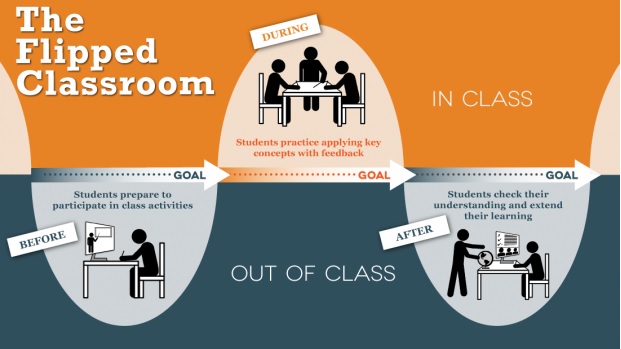I am always interested when significant change finds its way to the classroom, to the way we teach. Recent growth in “flipping” classrooms (Fitzpatrick, New York Times 2012) made me think about why it works and I see a “kindred” spirit in flipping. As an experiential educator I see in flipping, a classroom that is more active, involved and engaged. Students first exposure to new material is made prior to class via e-learning tools such as lecture videos, powerpoint and textbook readings. Also called “inverted” classrooms, this style of learning makes more sense with todays online tools and the high quality of lecture videos. It also fits the learning styles now more prevalent with millennial students. Why sit quietly in class and make comments under your breath when at home you can yell “B-O-A-R-I-N-G” at the mind dulling powerpoint presentation. Classroom time is for solving problems together, thinking analytically, sharing ideas, working together on projects (aka “peer instruction model”) and perhaps challenging the teacher.
As a parent, you should be interested in the studies that show these interactive engagement methods to improve learning gains by two or more standard deviations (Crouch and Mazur, Harvard 2001). If you skipped statistics, 2 deviations is a huge difference.
